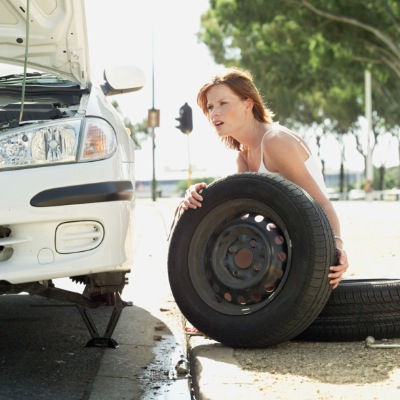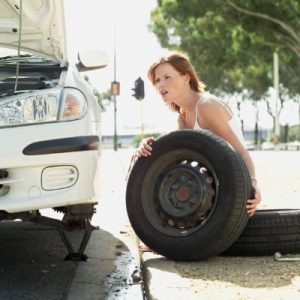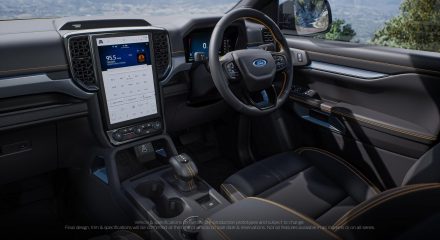A girl’s guide to tyres

 We use these rubbers daily, but often think of them only when something goes wrong and we have to tow our cars off to the closest fitment centre for a check up. Such lack of attention can cause you unnecessary expenses — and what label-loving girl wants to spend the cash she’s saving for a Gucci handbag on unappealling, boring necessities? By knowing the basics about tyre upkeep it’s possible to cut costs ond maximise road safety.
We use these rubbers daily, but often think of them only when something goes wrong and we have to tow our cars off to the closest fitment centre for a check up. Such lack of attention can cause you unnecessary expenses — and what label-loving girl wants to spend the cash she’s saving for a Gucci handbag on unappealling, boring necessities? By knowing the basics about tyre upkeep it’s possible to cut costs ond maximise road safety.
Get tested
‘Tyres are responsible for keeping your car on the road, and for a smooth, safe ride you need to ensure they have sufficient tread with which to grip the road,’ says Jason Peters, manager of Speedy Tyre ond Exhaust, in Buitengracht Street, Cape Town. The tread – the grooved rubber on the tyre – should always be more than 1.6mm thick, which is the legal limit.
If your tyre tread is below this, insurance companies will not pay out if you’re involved in an accident – and driving with worn tyres greatly increases the chances of that as your car easily loses hold of the tar. Reputable tyre centres offer free safety checks, where balance, alignment and tread-wear are tested. They suggest you let them take a look every 8000 to 10000km.
Road signs
Does your steering feel strange? Do you have the suspicion that something’s a bit off balance? Don’t ignore it! It’s often a small problem that can be easily fixed, but if left could cause major damage to your car and bank balances. Wheel alignment is vital to the wear of tyres and they can quite easily become misaligned — simply bumping into a curb will do it. If your wheels are not property aligned the ‘life‘ of your new, costly tyres can be halved due to unnecessory wear and tear — so they’ll need to be replaced sooner.
Here’s when you should have your wheel alignment checked:
- After approximately 10000km or every six months.
- If your steering wheel pulls to the left or right when driving straight.
- If you need to keep the steering wheel at an angle to drive straight.
- After changing set of tyres.
- After a collision or accident.
- If you find single front or rear tyre wear.
- If there’s a vibration on the steering wheel when driving.







